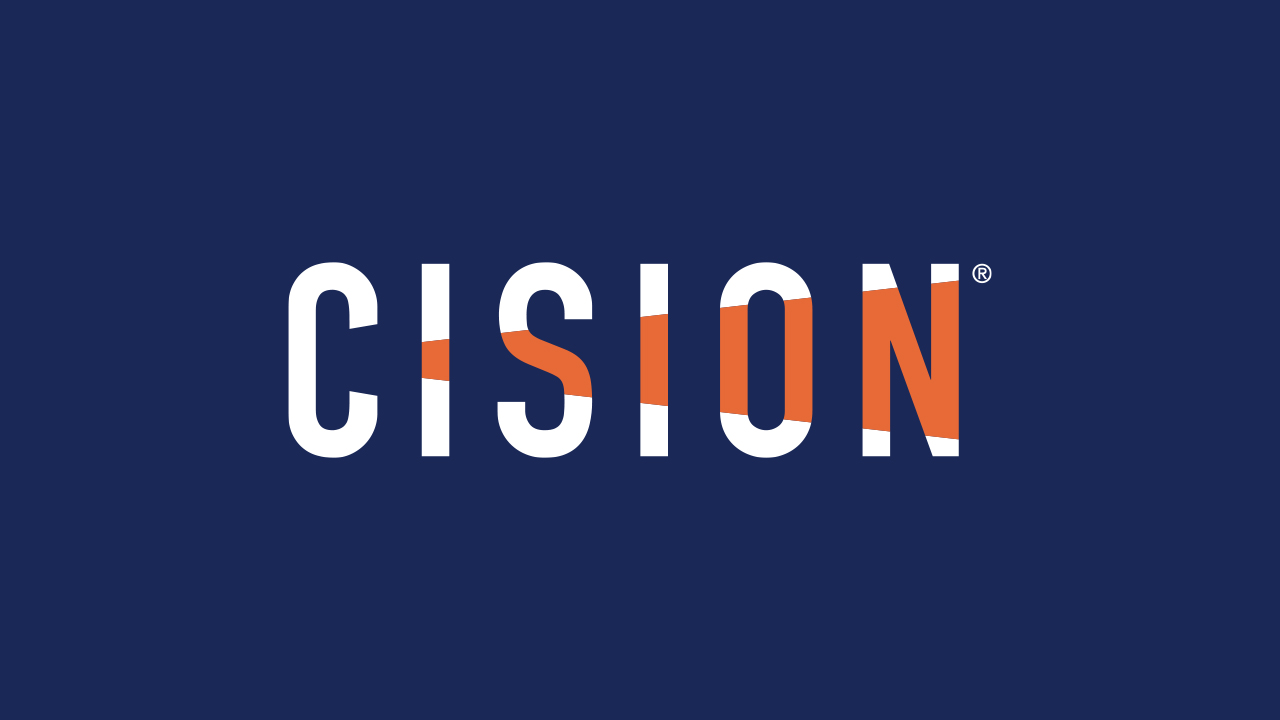Lessons from PRSA and Cision’s Webinar, What Keeps You Up at Night? A Conversation on PR's Most Pressing Issues
Since April is Stress Awareness Month, it only makes sense that PRSA and Cision would host a webinar called, What Keeps You Up at Night? A Conversaton on PR's Most Pressing Issues. (Frankly, we should hold this webinar every month – when aren’t PR pros feeling stress?) In case you missed it, Brandi Boatner, Manager, Digital and Advocacy Communications at IBM, and Drew Warren, Executive Vice President, PR & Influence at Ogilvy, joined Erin Gentry, Director of Product Marketing at Cision, to discuss the challenges that cause them – and many other PR and communications professionals – to toss and turn at night.
The webinar came at an interesting time – less than 24 hours after, in a historic ruling, jurors found Derek Chauvin guilty on all charges in the 2020 death of George Floyd. The verdict, the events leading up to it and the conversation surrounding it, became a central part of the conversation. Panelists related this and many of the other tumultuous events from last year (and the impact they continue to have) to the challenges they face as PR people – and how they manage them.
If you missed the full, eye-opening (no pun intended) conversation, below is a recap of how our expert panelists deal with some of the most pressing issues PR pros face today. Let's start at the beginning...
So what is keeping PR pros up at night?
When asked what keeps her up at night, Boatner pointed to the Chauvin verdict and the challenge of balancing the personal and the professional. “As a communicator, I’m watching [the trial] to see what happens and how to communicate that with employees, because there will be an expectation; but then there’s Brandi, the black human being, thinking, ‘Is racial justice finally going to be brought to the forefront?’” Boatner says she struggled with compartmentalizing “Brandi, the PR professional” from “just Brandi.”
“As PR people, when crisis [occurs], we have to be ready. But how do you manage and balance the crisis when you’re just trying to process what’s happening?”
For Drew Warren, Executive Vice President, PR and Influence at Ogilvy, the question of “What’s next?” after everything that happened last year weighs on his mind. He also cited the Chauvin verdict and the larger conversation around racial injustice, and the struggle to respond appropriately as a communications professional.
“I struggle with the question of, ‘Am I doing the right thing? Am I responding the right way? Am I asking the right questions?’” says Warren. “If I’ve learned anything in the past few years, re racial injustice, it’s that you need to have the conversation.”
On addressing CSR, ESG and DEI issues:
When it comes to how communicators can help facilitate conversations around CSR, ESG and DEI initiatives, Warren advises less talking and more listening. “You can do a lot by just listening. Not just listening to your peers and leaders, but by giving everyone an equal voice,” he says. “Listen and listen with intent.”
Boatner agrees that listening is key – as is working with leadership to communicate the right message at the right time. “You need to be able to read the room [and understand] when people are hurting, when people need transparency, when people need empathy, when people need time to process. You need to be able to deliver that to leadership, who may not see that every day – particularly with DEI issues.”
On coping with limited budgets and resources:
When it comes to funding new projects or dealing with budget cuts, Warren says that creativity is key. “One thing we’ve all learned in this past year is to be flexible, and the best way to do that is to be creative. Whenever there’s a question around funding new products or how to deal with budget cuts, the first thing we ask is, ‘How do we make this work?’” Warren acknowledges this is easier said than done, but “at the end of the day, creativity is going to solve our most pressing issues.”
Similarly, Boatner stressed the need to pivot and re-allocate budgets as priorities – and realities – change, both now and in the future. For example, taking funds that would normally go to advertising in now-unoccupied buildings and investing them in DEI efforts. “We have to think long game – not just in terms of where we’ll be next year, but where we’ll be in 2024,” Boatner says. “Of course, you have to make cuts and pivot in the short term, but we have to think further ahead.”
On engaging employees (remotely) in difficult times:
Last year, employee health and well-being came to the forefront of company priorities amid a growing pandemic; however, that trend isn’t going away any time soon. “The health and safety of your employees is still…number one,” says Boatner, whose company has been engaging with employees “nonstop” – from continuous conversations on Slack and coronavirus support forums to ensure employees’ voices are being heard, to more engaging activities like virtual happy hours, guest speakers and even a virtual concert series.
Likewise, the twice-weekly virtual “team hugs” to celebrate wins and virtual coffees at Ogilvy have helped Warren and other employees stay and feel connected. Ultimately, however, the key to successful employee engagement isn’t technology; it’s empathy. “If we’re asking the question, ‘During important events, how do you engage with employees?’ It’s all about empathy and open listening,” says Warren. “When you have open listening, people will open up.”
On having tough conversations:
If the events of the last few years have proven anything, it’s the importance of having those difficult (but not always fun) conversations. “If someone at the c-suite level is trying to pretend a situation isn’t going on, or trying to play Switzerland, it’s the role of the comms person to have the tough conversations,” Warren says.
But not only are difficult conversations necessary to move forward, they’re important to both employees and customers. “Prior to the pandemic and in years past, race wasn’t something we talked about in the workplace. Now we do, and people feel very empowered to talk about it,” Boatner says.
“Tough conversations earn you a seat at the table,” Warren says.








